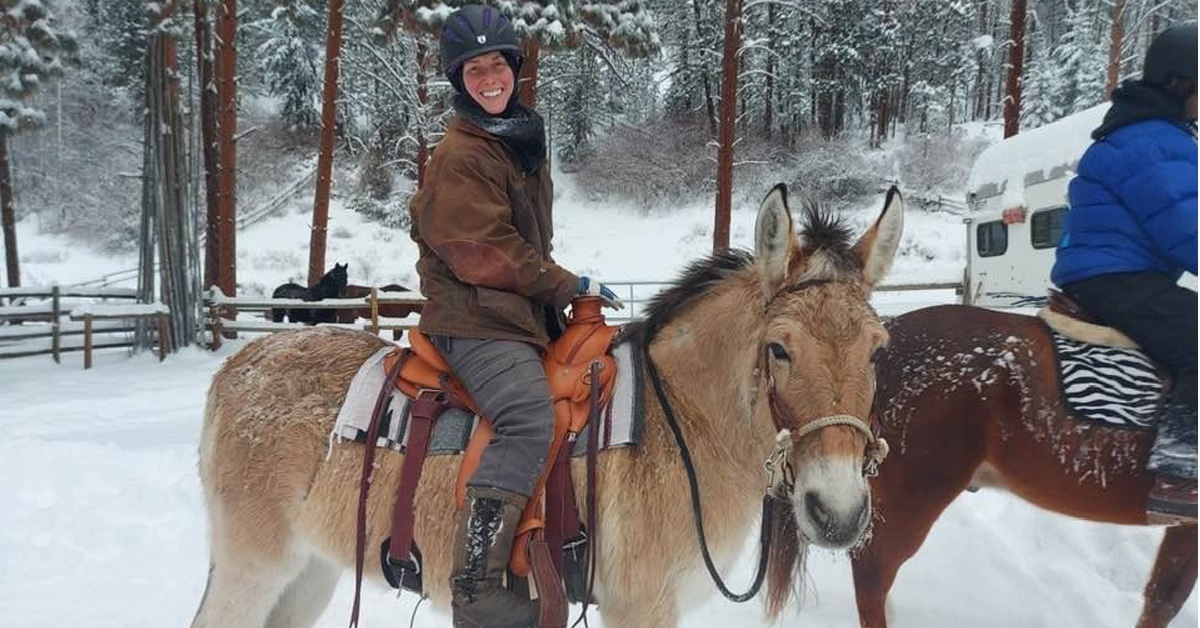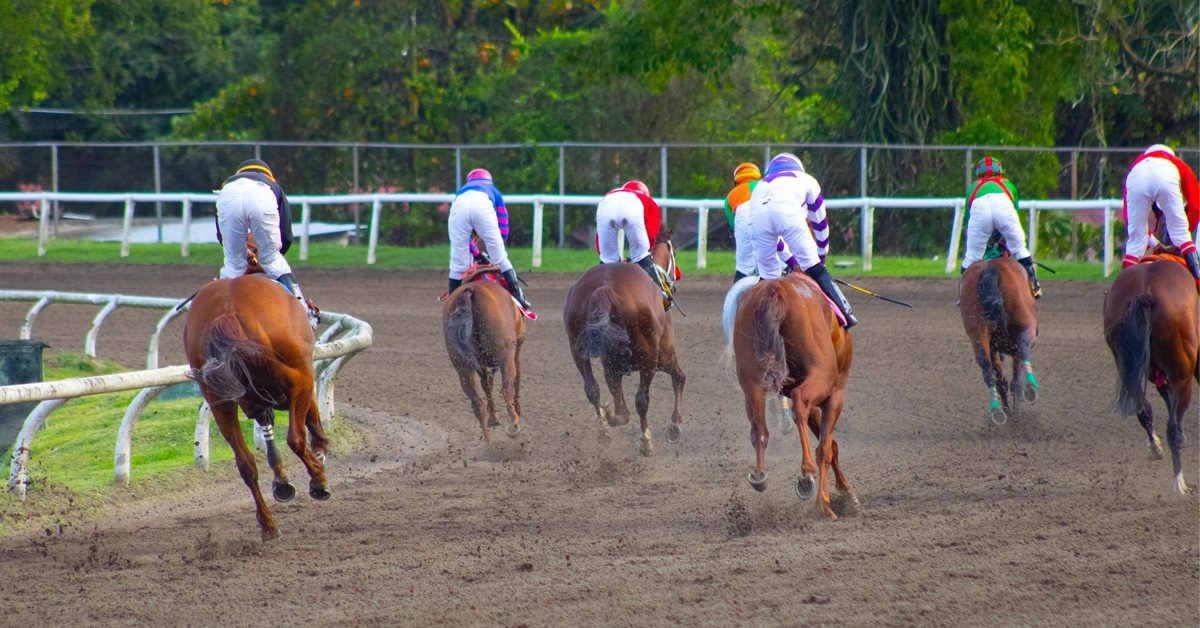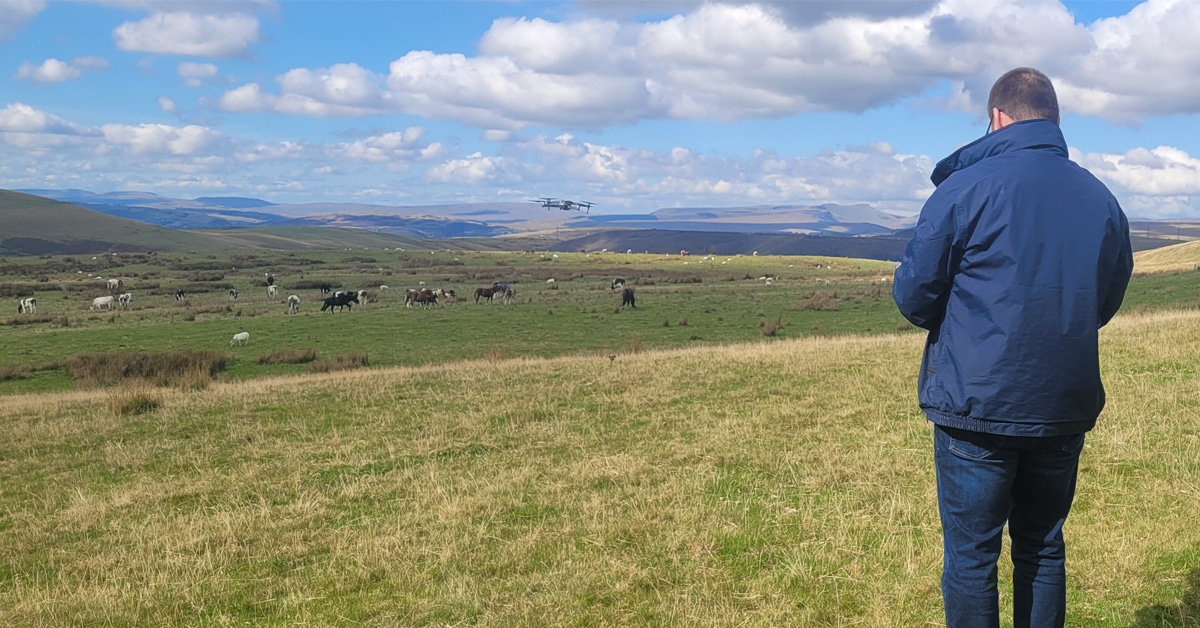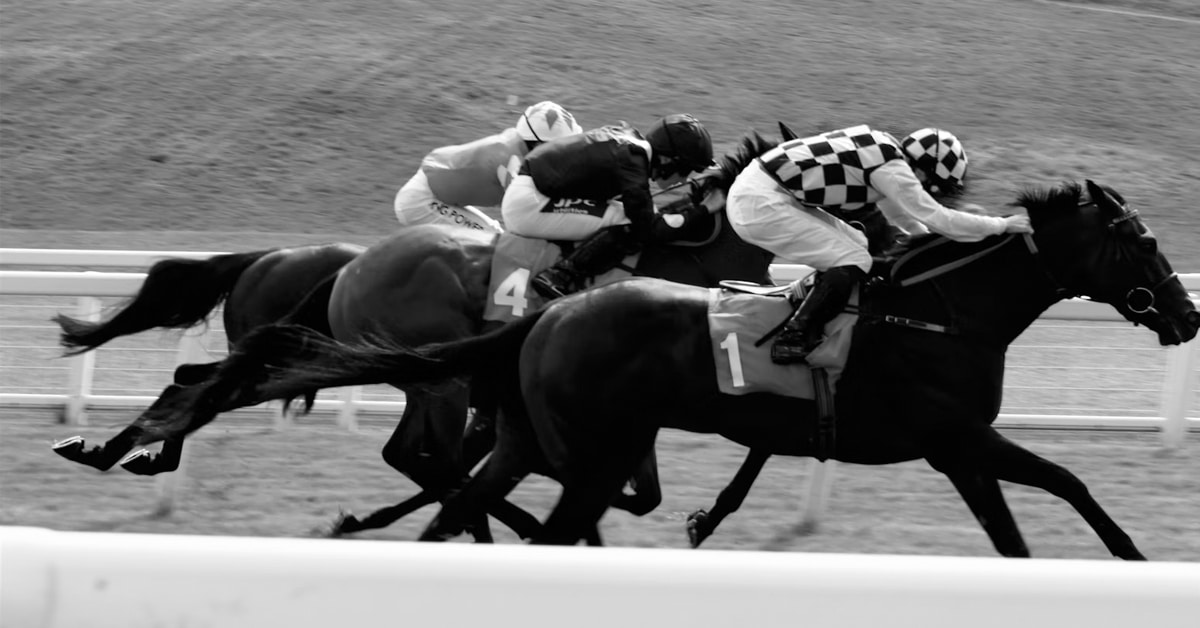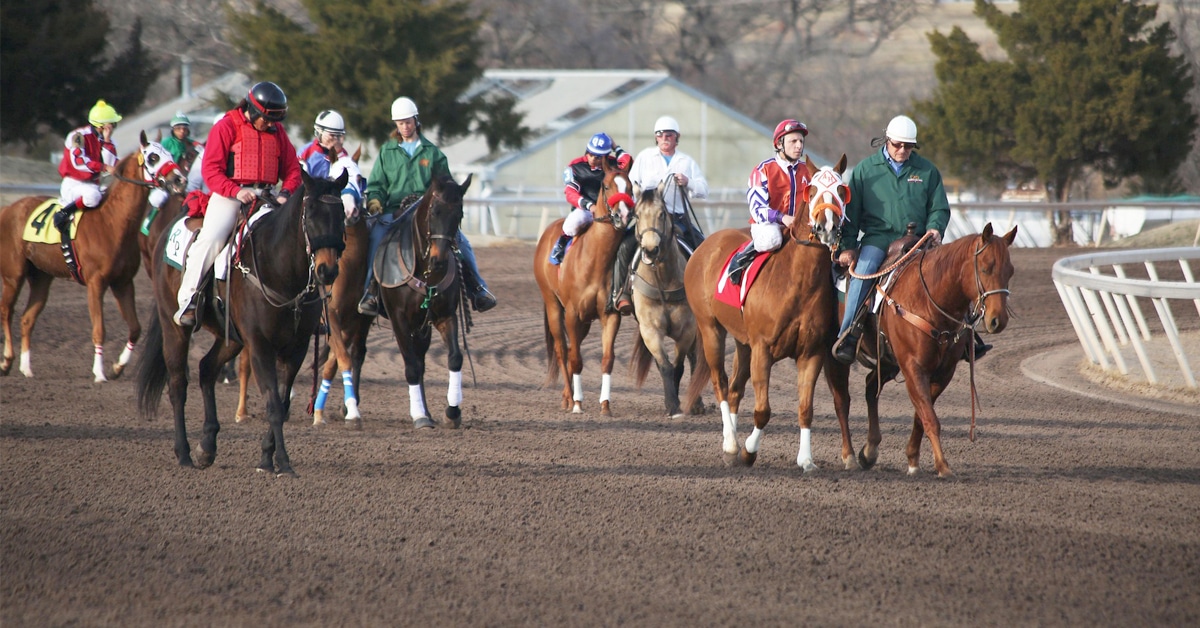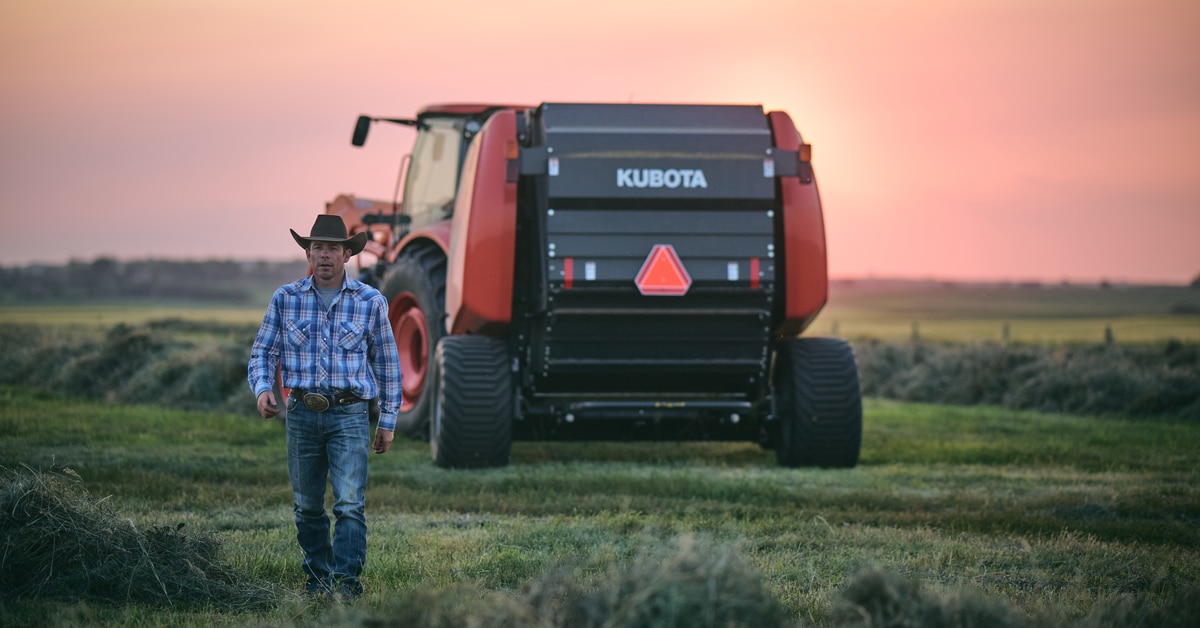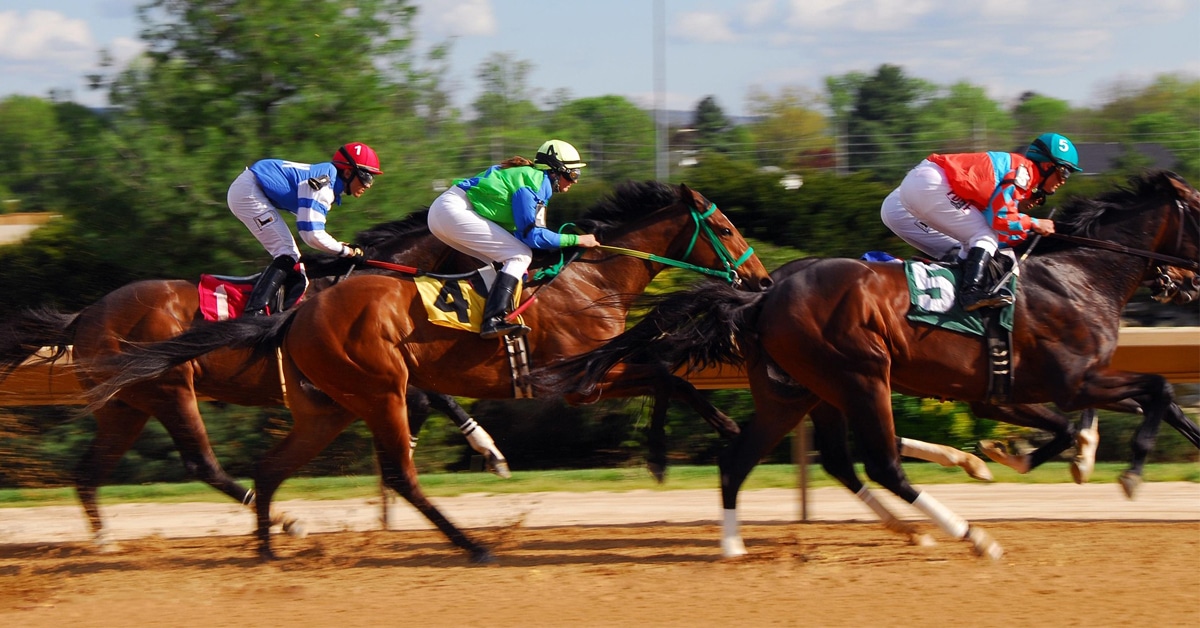While hay or pasture can do an excellent job meeting most of the nutritional requirements of many horses, this is not always the case. Some horses that require additional nutrients include growing horses, broodmares and athletes. Many of these horses require concentrated sources of calories (energy), as well as additional protein, vitamins and minerals. As a result, owners and managers turn to higher energy density feeds, such as whole cereal grains or commercial mixes.
Cereal Grains
Cereal grains that are commonly fed to horses include oats, corn, barley and wheat. The structure of each kernel of grain consists of the hull or bran (the outer portion of the seed, which contains most of the fibre), the endosperm (the internal part, which provides energy, mostly as starch and also contains some protein), and the germ (the actual embryo of the seed, which contains protein, lipids and vitamins).
These components differ among different grain types. Corn, for example, has a hard but thin outer hull, and is mostly endosperm, making it very high in starch and, therefore, energy. Oats have a thicker hull, making them higher in fibre and lower in starch. Oats and wheat tend to have more protein than the other cereal grains.
In order for a horse to access most of the “good stuff” on the inside of the kernel, they need to be able to break through the outer hull with their teeth, which can be difficult for the hard kernels such as wheat and corn. As such, these feeds are usually fed as cracked or ground products. Oats and barley can be chewed well by horses (if they have good teeth) and do not need to be processed, but many horse owners do prefer to feed rolled or crimped oats and barley. Note that it is normal to see oat hulls in your horse’s feces if he is fed oats; if you were to inspect it closely, you would see the “kernel” is most likely empty – indicating the endosperm and germ have been digested, and all you are seeing is the fibrous hull that is less digestible.
While cereal grains can provide concentrated sources of calories for your horse, they are highly variable in protein (and the protein tends to be a lower quality in terms of amino acid content, compared to feeds such as soybean meal), vitamins and minerals. In fact, most cereal grains have significantly more phosphorus than calcium. As a result, they have an inverted calcium to phosphorus ratio (they can have 1:2 up to 1:10 Ca:P ratio, instead of the ideal 2:1 ratio!) and can play havoc on your horse’s mineral balance if not fed carefully.
Cereal grains (and forages) are also low in sodium. So, if you feed only hay and whole cereal grains, you must look closely at your horse’s mineral intake, and should supplement your feed with additional minerals (particularly calcium and sodium) and likely also protein and vitamins, to meet the nutritional needs of your horse.
Commercial Mixes
Commercial feed mixes use cereal grains (and often other by-products), as well as other protein sources (typically soybean meal), and blend these with specially formulated vitamin and mineral supplements to provide a feed that is nutritionally balanced for the type of horse it is designed for, when fed in appropriate amounts, with a given amount of hay or pasture.
Nutritionists at feed companies work hard to design and produce different mixes of feed ingredients to provide a range of products suited for many different classes of horses, with varying levels of protein, energy, fat, fibre, vitamins and minerals. For example, feed for growing horses would have high quality protein sources, while feed for athletic horses would have higher amounts of calories, and feed for senior horses would contain some additional nutrients that the old guys likely need (such as vitamin C). The goal is to ensure that if you feed the recommended amounts of hay and commercial feed mix for your horse, you do not need to feed any additional supplements (other than things like extra electrolytes in the summer).
Commercial feeds are popular because they are so convenient; they take the guesswork out of feeding your horse. If, however, your horse does not consume the suggested amount – for many reasons, perhaps including that he doesn’t need too many additional calories – he might still need some supplementation with vitamins and minerals. In fact, some horses do better on a diet of only forage and then a vitamin/mineral supplement alone, if they don’t need the added calories of a commercial feed.
Commercial products may also be found in different forms: textured feed (such as “sweet feed” where you can see all of the individual particles), pellets (where the feed ingredients are ground and put through a die to produce a pellet), and extruded (where the feed ingredients are ground, heated and pressurized and then put through a die and then the pressure is released, causing them to puff up like dog food).
These different forms may have some advantages in terms of digestibility, as more processing (grinding or extruding) may increase the digestibility, but they also can have the exact same ingredients and nutritional profile. Selection, therefore, might come down to personal preference, price, and the horse. Older horses, for example, might do better on processed feeds because their teeth may be in poorer shape and they tend to soak better; while some horses sort and don’t eat the entire mix of a textured feed.
Ultimately, the take home message is that both whole cereal grain diets and commercial feed-based diets can be perfectly suitable for your horse, but if you feed cereal grains alone, you’ll need to add some vitamins and minerals (and perhaps protein). Meanwhile, these are already mixed in with commercial products, and no other supplementation is needed. Always work with a qualified equine nutritionist to help you determine if your horse is meeting his nutrient requirements adequately.
The Latest
